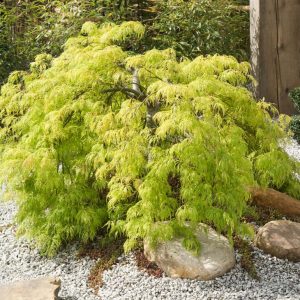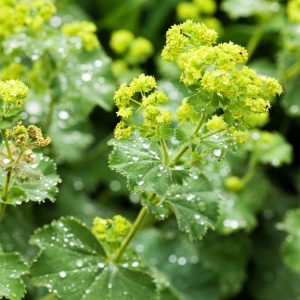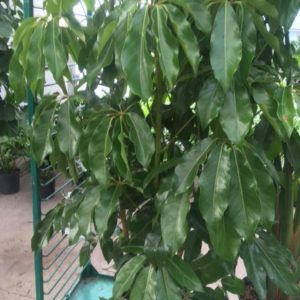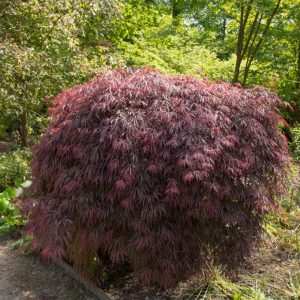Description
Miscanthus –
There are about 20 species of deciduous or evergreen, tuft or rhizomatous, perennial ornamental grasses in this genus. They occur in moist meadows, and marshland from Africa to Eastern Asia. The reed like stems bear linear or narrowly lance shaped, folded, arching, light to mid green, or blue or purplish green leaves. Dense, terminal, arching panicles of silky hairy spikelets are borne in late summer and autumn, flower heads are more numerous following long, hot summers. In many cases, the drying growth provides russet autumn colors, and is attractive in winter, along with the dried beige or silvery flower heads. Grow as free standing specimens, or in a mixed herbaceous border. They may also be used for a waterside planting or as temporary summer screening. The flower heads may be used for cutting, they may also be dried.
Tolerant of most conditions but best in moderately fertile, moist, but well drained soil in full sun. Protect from excessive winter moisture. Where withered stems are left for winter effect, they should be cut to the ground by early spring or when dead stems start to collapse. Divide as new growth begins in spring.
Miscanthus sinensis ‘Zebrinus’ – Zebra Grass – Eulalia Grass – This deciduous, clump forming, perennial grass is one of the least invasive ornamental grasses from Southeastern Asia and is usually less then 4′ feet tall. It produces erect stems and mostly basal, broad, flat, erect or arching, linear, leaves with creamy white or pale yellow irregular horizontal bands. In autumn, it freely bears pyramidal panicles, to 16″ long, of silky hairy, pale gray spikelets, tinted maroon or purple-brown.
Zones 6-9





